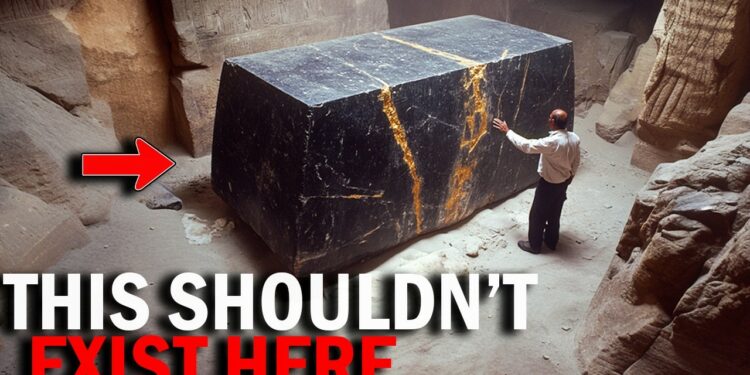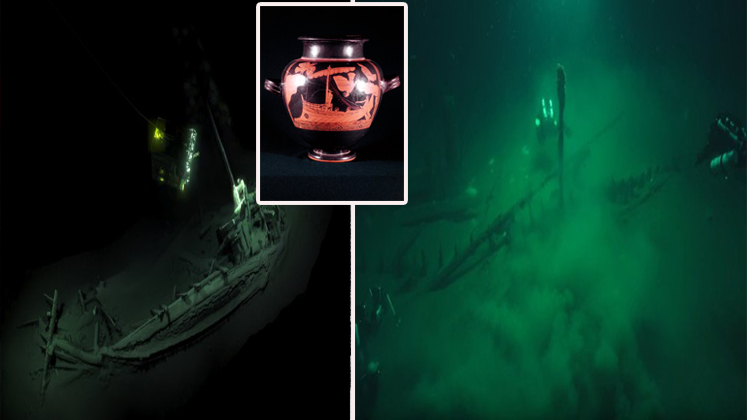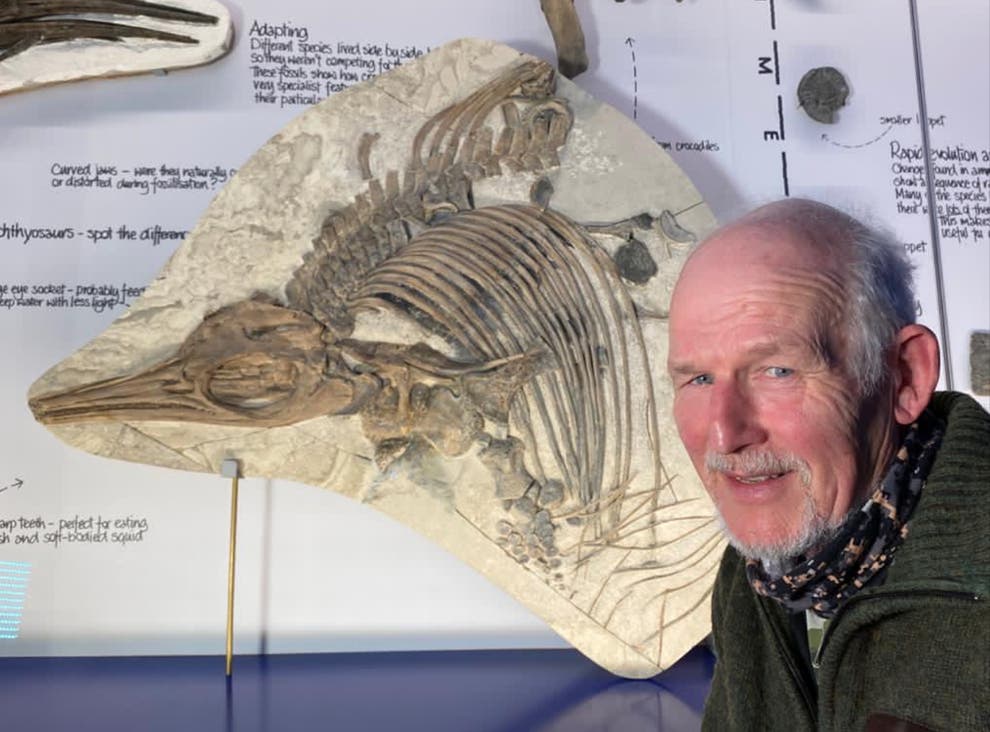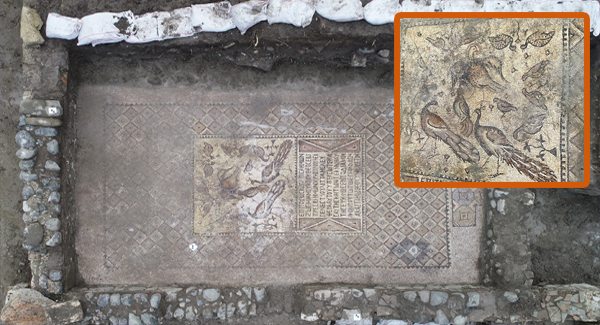Discovered in 1850 by French Egyptologist Auguste Mariette within the underground necropolis of Saqqara, Egypt, the 24 granite boxes of the Serapeum are among the world’s most perplexing archaeological mysteries. These massive, precisely crafted structures, believed to be sarcophagi for sacred Apis bulls, challenge our understanding of ancient Egyptian capabilities due to their extraordinary craftsmanship, weight, and placement.
Unprecedented Craftsmanship
Each box, carved from single granite blocks weighing 70 to 100 tons, exhibits near-perfect 90-degree corners and mirror-like polished surfaces, both inside and out. The precision is staggering, with internal wall flatness deviating by mere thousandths of an inch—accuracy that rivals modern engineering. The lids, weighing around 30 tons each, fit so tightly that the boxes are airtight, suggesting a purpose beyond simple burial containers. Achieving such geometric precision with the copper and bronze tools available in 3,000 BC, as mainstream Egyptology claims, seems nearly impossible. Modern diamond-tipped drills and heavy machinery would struggle to replicate this feat, raising questions about the techniques used.
Mysterious Construction and Transportation
The granite for most boxes was quarried in Egypt’s Eastern Desert, 800 miles from Saqqara, across mountainous terrain with no river access. Some boxes were made from Aswan granite, 500 miles away, connected by the Nile but still requiring transport of raw blocks estimated at over 200 tons each. Traditional theories suggest sledges and sand to move these stones, but the logistics of dragging such weights without machinery, especially through Saqqara’s narrow underground tunnels (only 2 feet wider than the boxes), defy practicality. An unfinished box found in a tunnel, with no sledge beneath it, suggests carving occurred underground in cramped, dust-filled conditions with minimal ventilation—a seemingly impossible work environment.
Questionable Purpose and Dating
Mainstream Egyptologists propose the boxes were sarcophagi for Apis bulls, incarnations of the god Ptah, dated to 3,000 BC based on crude hieroglyphs scratched onto some boxes. However, these carvings lack the boxes’ mirror finish and appear amateurish, with chisel marks and micro-scratches suggesting a different hand from the master craftsmen who built the boxes. This discrepancy fuels speculation that the boxes predate the carvings, possibly inherited by the Egyptians from an earlier civilization. The choice of granite—non-porous and high in quartz crystals—over readily available, softer limestone further complicates the burial narrative, as limestone would have been easier to work with and transport.
Alternative Theories
Engineer Christopher Dunn and researcher Konstantin Borisov propose that the boxes served a sophisticated scientific purpose, possibly as pressure chambers or energy-generating devices. Granite’s quartz content can produce electric charges under mechanical stress, potentially ionizing surrounding air. A 19th-century sketch showing stones piled on a lid suggests intentional pressure amplification, inconsistent with mere coffins. Graham Hancock’s controversial theory of a lost, technologically advanced civilization wiped out by a cataclysm, such as a great flood, posits that the Egyptians repurposed these boxes, adding crude carvings without understanding their original function.
Evidence of Advanced Technology?
Other Egyptian artifacts, like a granite block in the Cairo Museum with a deep, clean cut and saw marks resembling modern bandsaw work, suggest advanced tools, possibly diamond-tipped. Cylindrical granite objects with spiral grooves and precise drill holes further imply high-speed, mechanical techniques unavailable in 3,000 BC. These findings challenge the notion that ancient Egyptians relied solely on manual tools and immense labor.
Unanswered Questions
The Serapeum boxes raise profound questions:
-
How were 200-ton granite blocks quarried, transported, and shaped with such precision?
-
Why use granite instead of limestone for underground sarcophagi immune to weathering?
-
How were massive boxes maneuvered through narrow tunnels with minimal clearance?
-
Why polish interiors to a glassy finish for bull mummies?
-
Do crude hieroglyphs indicate a later civilization repurposed older structures?
Mainstream theories struggle to address these inconsistencies, while speculative ideas—aliens, giants, or lost technologies—lack concrete evidence. The Serapeum boxes remain an architectural marvel, their true purpose and creators shrouded in mystery, awaiting a rational explanation that reconciles their extraordinary craftsmanship with historical realities.






















